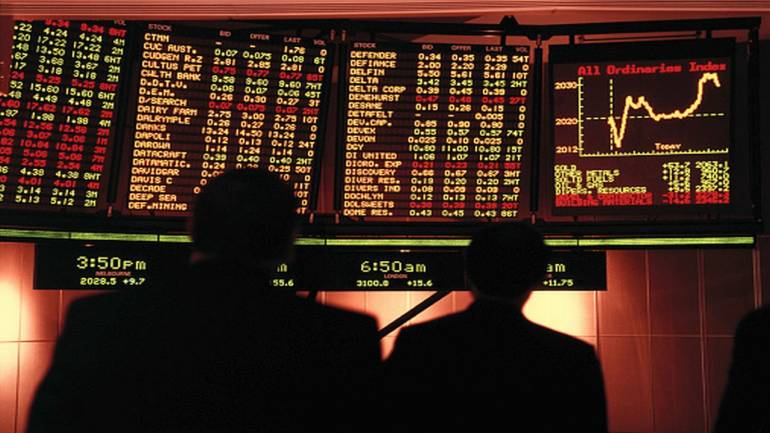Asian shares fall as China set to reopen after Beijing eases policy

SHANGHAI (Reuters) - Shares in Asia stumbled in early trade on Monday as investors waited with bated breath as China’s markets prepare to reopen following a week-long holiday and after its central bank cut banks’ reserve requirements in a bid to support growth.
MSCI’s broadest index of Asia-Pacific shares outside Japan .MIAPJ0000PUS was down 0.3 percent, after major stock markets around the world fell for a second straight day .
Australian shares were down 1 percent. Markets in Japan are closed for a holiday.
Investors will be focused on markets in China, following a decision by the People’s Bank of China (PBOC) to cut the level of cash that banks must hold as reserves in a bid to lower financing costs and spur growth amid concerns over the economic drag from an escalating trade dispute with the United States.
Reserve requirement ratios (RRRs) - currently 15.5 percent for large commercial lenders and 13.5 percent for smaller banks - would be cut by 100 basis points effective Oct. 15, the PBOC said, matching a similar-sized move in April.
“It is possible for the Hong Kong and Shanghai stock markets to recover from recent losses if investors can derive optimism based on the change to monetary policy,” Jonathen Chan, a market analyst at CMC Markets and Stockbroking, said in a note.
“Expectations of a weaker Chinese yuan may help to lift market sentiment as well,” he said.
Following the PBOC's move, the offshore yuan was 0.2 percent weaker against the dollar in early trade on Monday.
Equity markets around the world came under pressure last week after a steep sell-off in US Treasuries, prompted by hawkish comments from US Federal Reserve officials and data widely seen as bolstering the case of further US rate hikes.
“Whether it is just in response to the weight of evidence from the strong US data or instead an active decision by Fed officials to steer the market more towards its tightening profile (the ‘dots’) presented at its rate decision last month, there is little doubt that officials have turned more hawkish recently,” analysts at ANZ said in a note.
“The irony in all this is that with the US yield curve steepening meaningfully, that is only likely to embolden the Fed that it can continue to tighten further,” the analysts said.
Friday’s US non-farm payrolls showed job creation slowed in September, likely from Hurricane Florence’s impact on restaurant and retail payrolls, but the Labor Department report also showed a rise in wages that could keep the Federal Reserve on track for more interest rate hikes.
The 30-year Treasury bond US30YT=RR reached a four-year high of 3.424 percent, and was at 3.4054 percent at the US close on Friday. The benchmark 10-year yield US10YT=RR was at 3.3238 percent, while the two-year yield US2YT=RR, which rises with traders’ expectations of higher Fed fund rates, was last at 2.8891 percent.
On Wall Street, the Dow Jones Industrial Average fell 0.68 percent and the S&P 500 lost 0.55 percent, while the Nasdaq Composite dropped 1.16 percent - its first weekly percentage decline since March.
In currency markets, the dollar was 0.07 percent stronger against the yen at 113.78 , while the euro was 0.05 stronger against the dollar at $1.1528.
The dollar index .DXY, which tracks the greenback against a basket of six major rivals, was flat at 95.617.
US crude CLc1 dipped 0.48 percent at $73.98 a barrel. Brent crude LCOc1 fell 0.75 percent to $83.58 per barrel.
Spot gold XAU= was 0.1 percent higher, trading at $1,203.80 per ounce.







